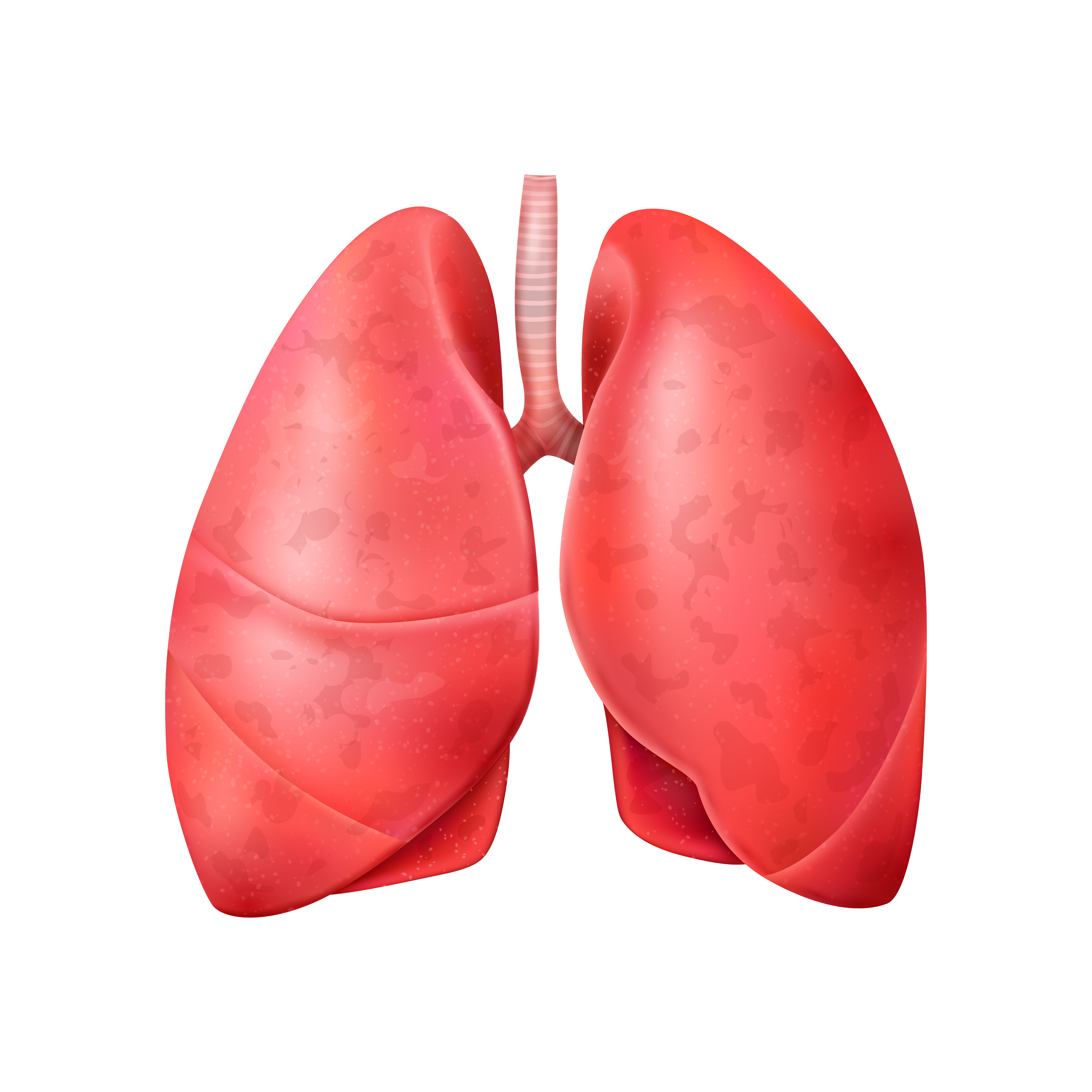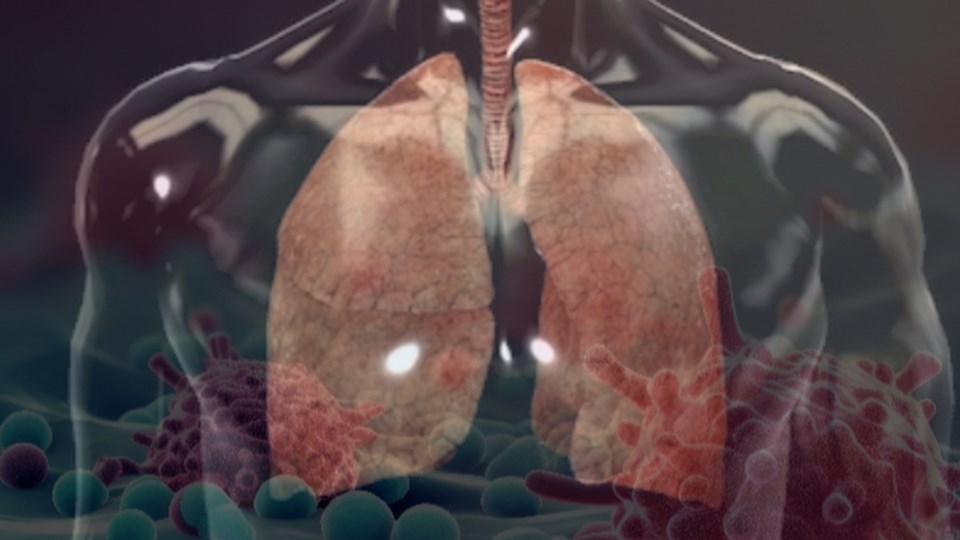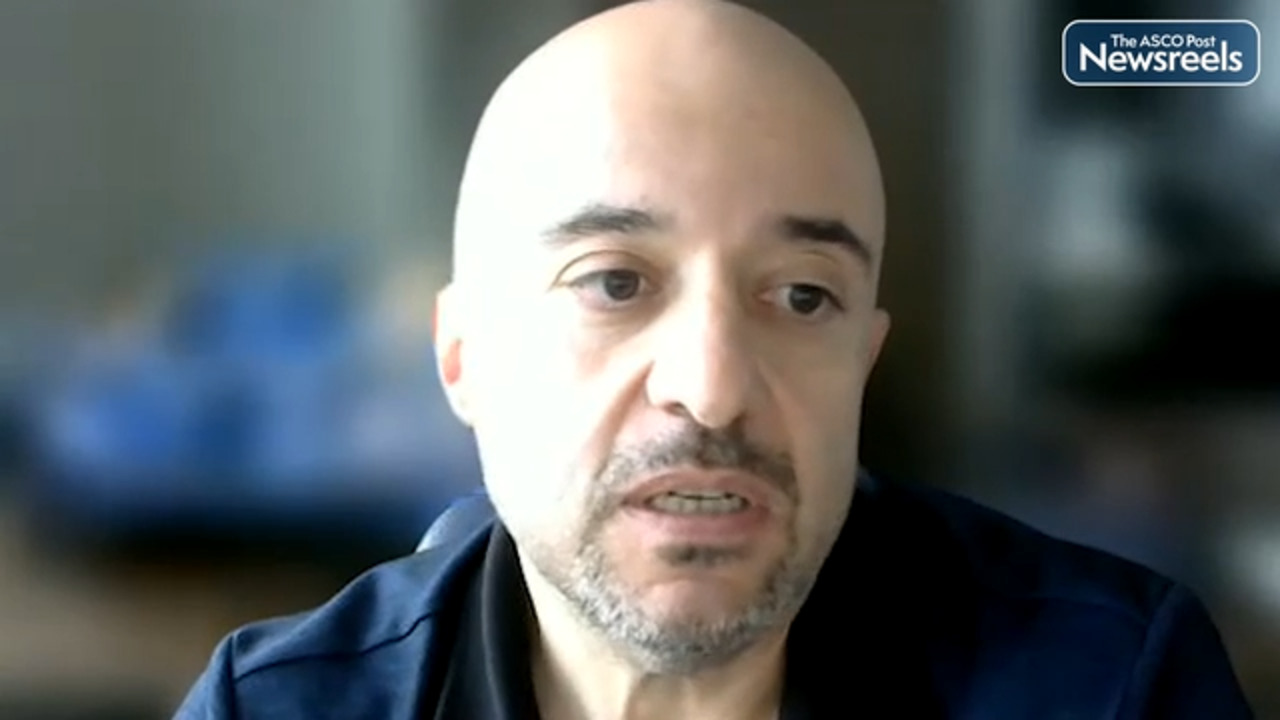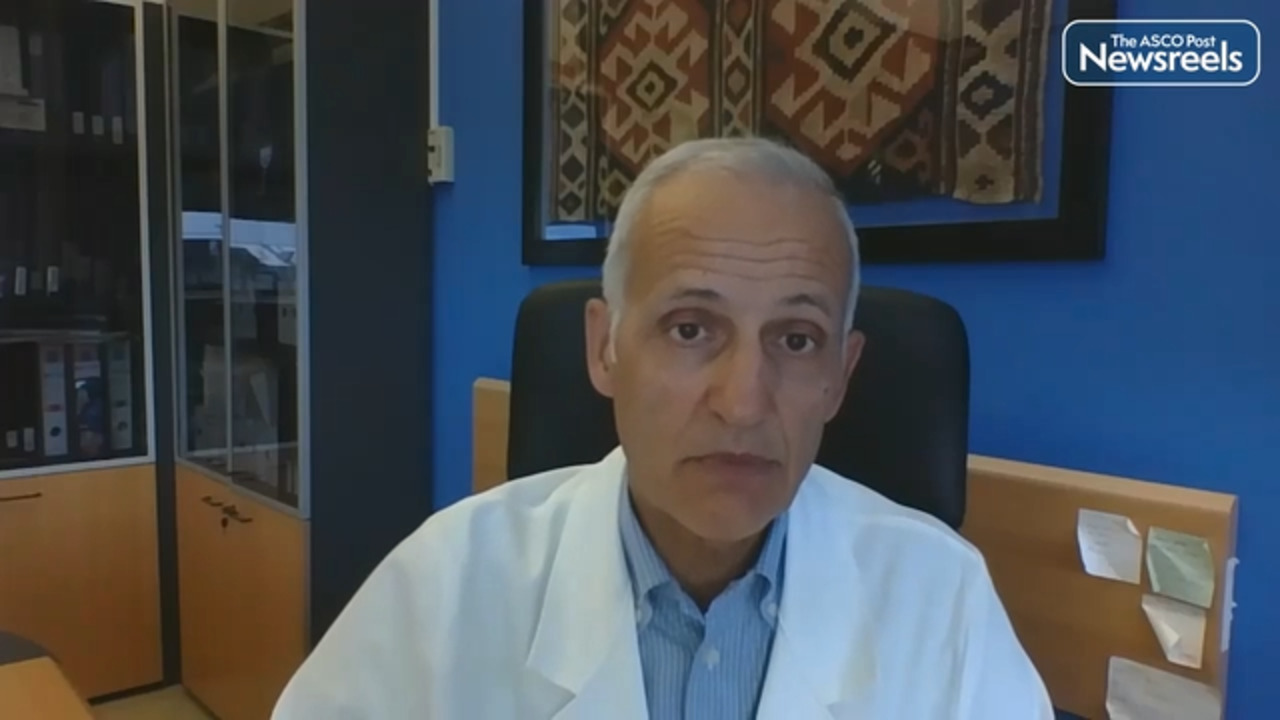Image-Only AI Model Outperforms Breast Density Assessment for 5-Year Breast Cancer Risk Stratification

An image-only artificial intelligence (AI) model demonstrated stronger and more precise risk stratification than breast density assessment for predicting 5-year risk for developing breast cancer, according to findings from a study presented at the 2025 Annual Meeting of the Radiological Society of North America (RSNA) (Abstract S5-SSBR02-1). The model, Clairity Breast, is the first U.S. Food and Drug Administration–authorized image-only AI breast cancer risk model.
Is Chronic Hepatitis C Infection Associated With Pancreatic Cancer?

A retrospective, national, population-based cohort study of 6.3 million veterans, which was published in JAMA Network Open, found that individuals with chronic hepatitis C virus developed pancreatic ductal adenocarcinoma at younger ages and had a higher risk compared with those without the infection. According to Levinson et al, risk also varied by virus genotype.
Addition of Neoadjuvant LuPSMA PNT2002 to SBRT in Oligorecurrent Prostate Cancer

In a single-center phase II trial (LUNAR) reported in the Journal of Clinical Oncology, Kishan et al found that the addition of neoadjuvant prostate-specific membrane antigen (PSMA)-targeting radioligand therapy with lutetium-177–labeled PNT2002 (LuPSMA PNT2002) to stereotactic body radiotherapy (SBRT) improved progression-free survival in patients with hormone-sensitive oligorecurrent prostate cancer.
Survey Finds Global Embrace of Integrative Cancer Care

Around the world, doctors, nurses, and pharmacists are turning to evidence-based integrative approaches such as acupuncture, yoga, exercise, massage, and nutrition counseling to help people with cancer manage the harsh side effects of treatment, according to the results of a recent survey.
Lung Cancer Screening Criteria: NELSON vs PLCOm2012

In a German study (HANSE) reported in The Lancet Oncology, Vogel-Claussen et al found that the PLCOm2012 low-dose computed tomography (CT) lung cancer screening eligibility criteria were more effective than the NELSON criteria in the detection of lung cancer.
Sponsored Content

SPONSORED BY LILLY MEDICAL AFFAIRS
Clinical Impact of Comprehensive Genomic Profiling in Early-Stage Non–Small Cell Lung Cancer
SPONSORED BY JOHNSON & JOHNSON
Evolving Treatment Landscape in First-Line EGFR-Mutant NSCLC: New Insights Into Combination TherapiesMore Top Stories
AI Tops Density in Predicting Breast Cancer Risk
An image-only artificial intelligence (AI) model for predicting the 5-year risk of breast cancer provided stronger and more precise risk stratification than breast density assessment, according to a news statement issued about a study presented at the annual meeting of the Radiological Society of...
ASTRO Relaunches Research Foundation Under a Single, Focused Identity
The American Society of Radiation Oncology (ASTRO) has announced that they have rebranded their research foundation from the former Radiation Oncology Institute (ROI) to become Speed of Light – The ASTRO Foundation. The intent of the renamed research foundation was to bring both ASTRO and the...
Neoadjuvant Dual ICI Blockade vs Perioperative FLOT in dMMR/MSI-H Gastroesophageal Adenocarcinoma
In an individual-patient pooled analysis reported in the Journal of Clinical Oncology, Raimondi et al found that neoadjuvant treatment with dual CTLA-4/PD-(L)1 immune checkpoint inhibitors (ICIs) was associated with higher pathologic response rates vs perioperative FLOT (fluorouracil, leucovorin,...
Ironically, Smoking May Have Saved My Life
I was diagnosed with stage IV non-small cell lung (NSCLC) adenocarcinoma on August 1, 2013—World Lung Cancer Day. If it hadn’t been for an article that caught my eye the year before about the recommendation from the United States Preventive Services Task Force that all men aged 65 to 75 who have...
Determining the Optimal Duration of Androgen-Deprivation Therapy Added to Definitive Radiotherapy in Localized Prostate Cancer
In a meta-analysis reported in JAMA Oncology, Zaorsky et al found that longer durations of androgen-deprivation therapy given with definitive radiotherapy were associated with nonlinear relative benefits in patients with localized prostate cancer. Study Details The meta-analysis used...
Hear, Hear to ‘Advancing Geriatric Oncology: Where We Have Been and Where We Are Going’
We read with interest the commentary by Stuart Lichtman, MD, FASCO,on “Advancing Geriatric Oncology: Where We Have Been and Where We Are Going,“ in the October 25, 2025 issue of The ASCO Post.1 Dr. Lichtman outlines the challenges in delivering cancer care to the elderly population. Among these...
Addition of Tafasitamab to Lenalidomide Plus Rituximab in Relapsed or Refractory Follicular Lymphoma
In a phase III trial (inMIND) reported in The Lancet, Sehn et al found that the addition of the CD19-targeted Fc-enhanced monoclonal antibody tafasitamab to lenalidomide plus rituximab improved progression-free survival in patients with relapsed or refractory follicular lymphoma. Study Details In...








